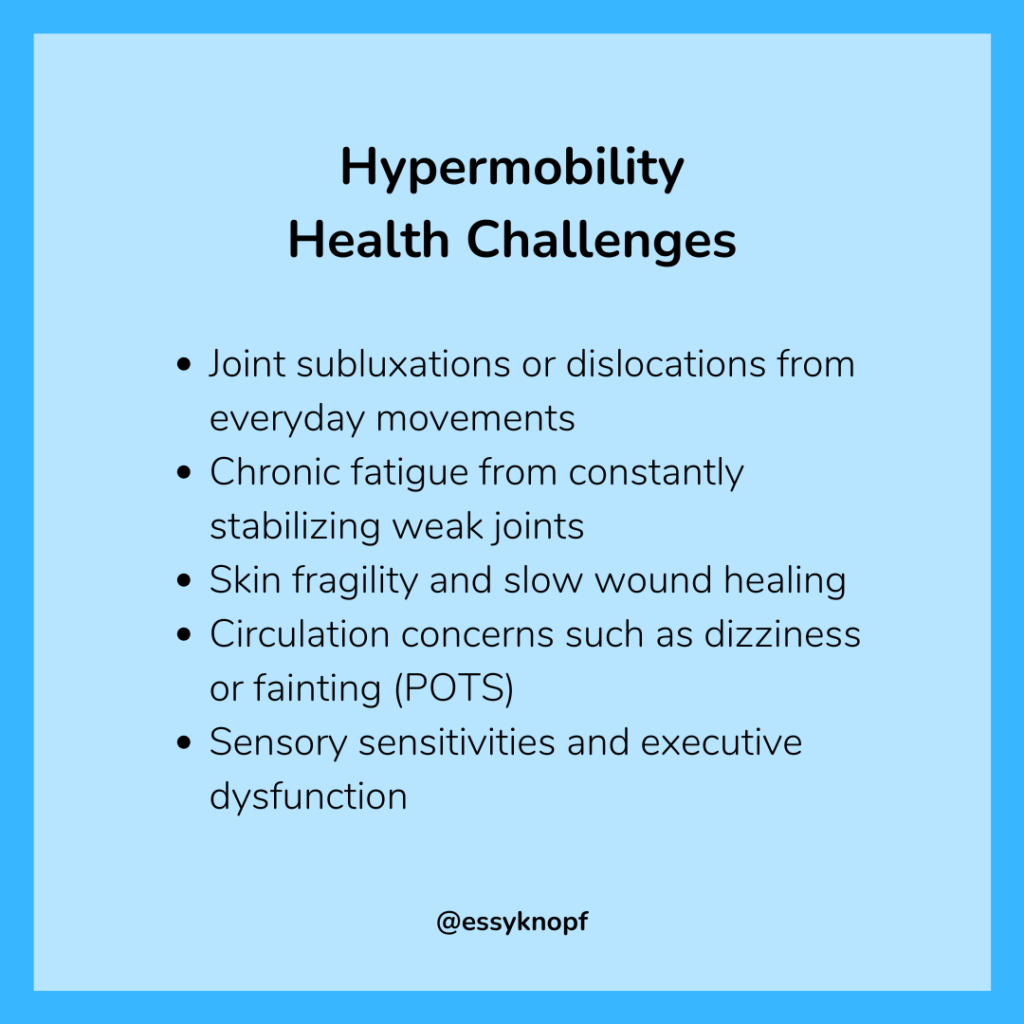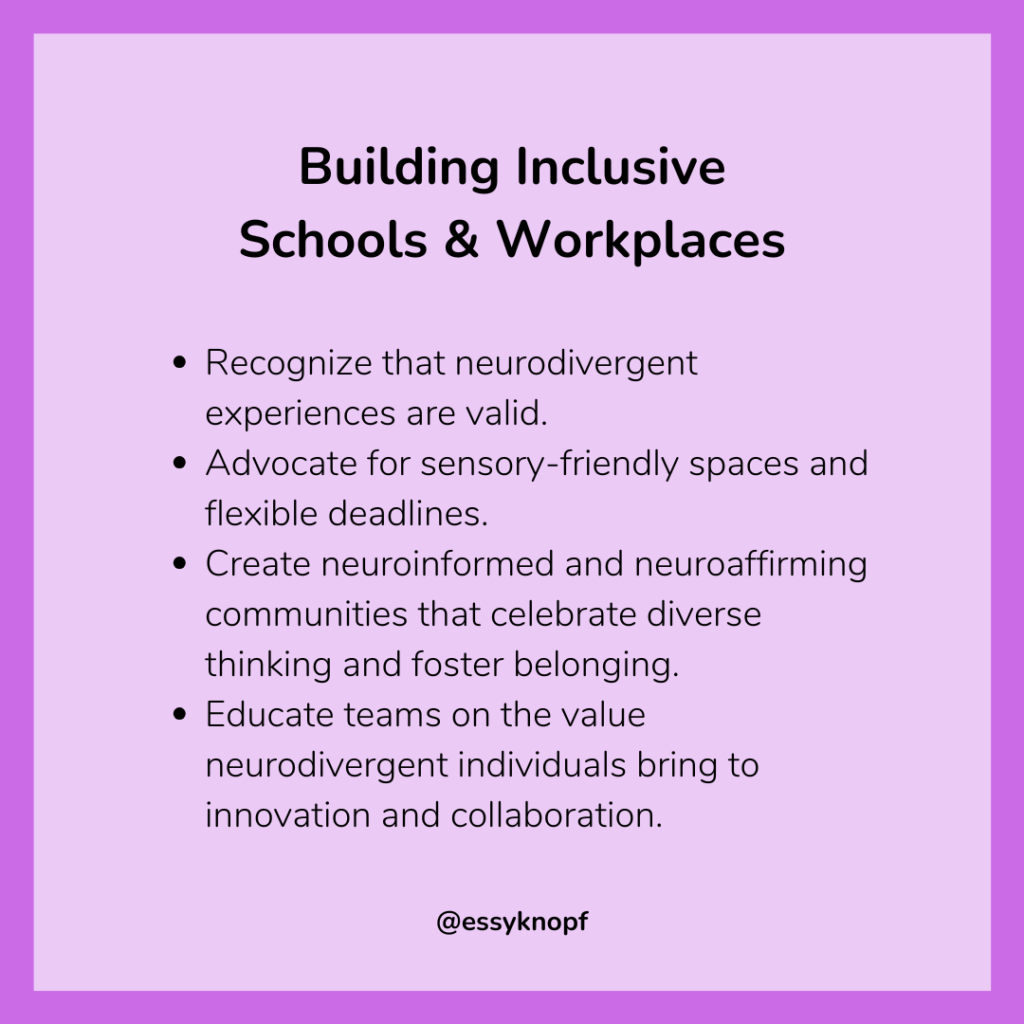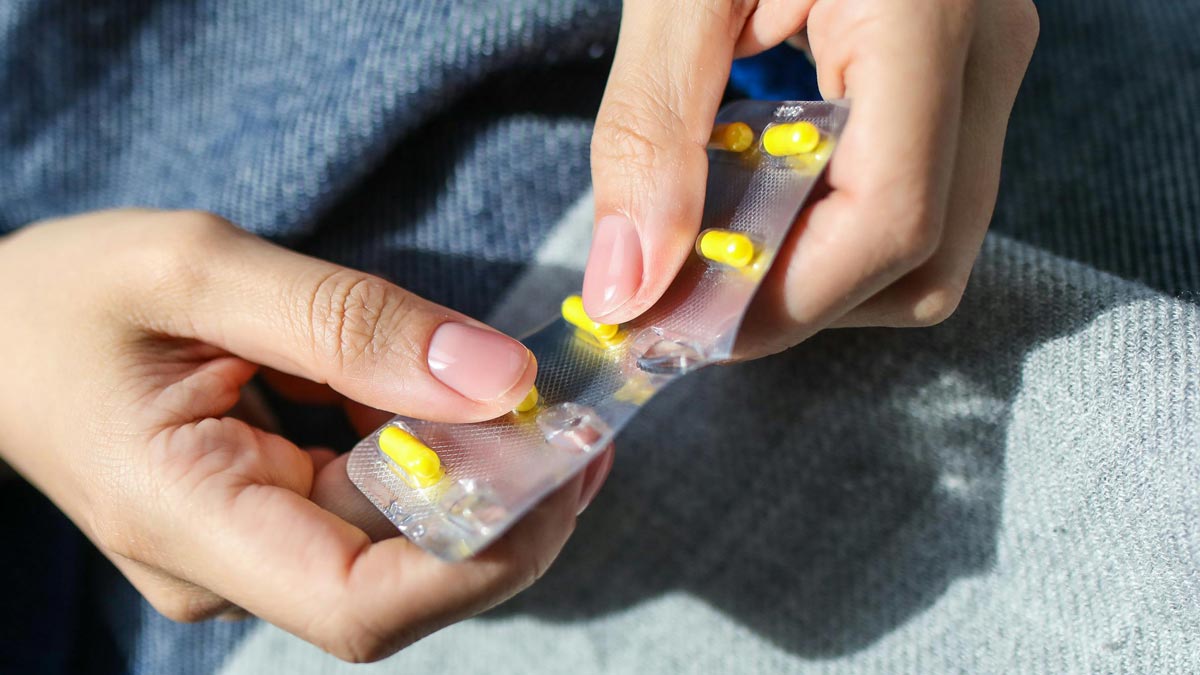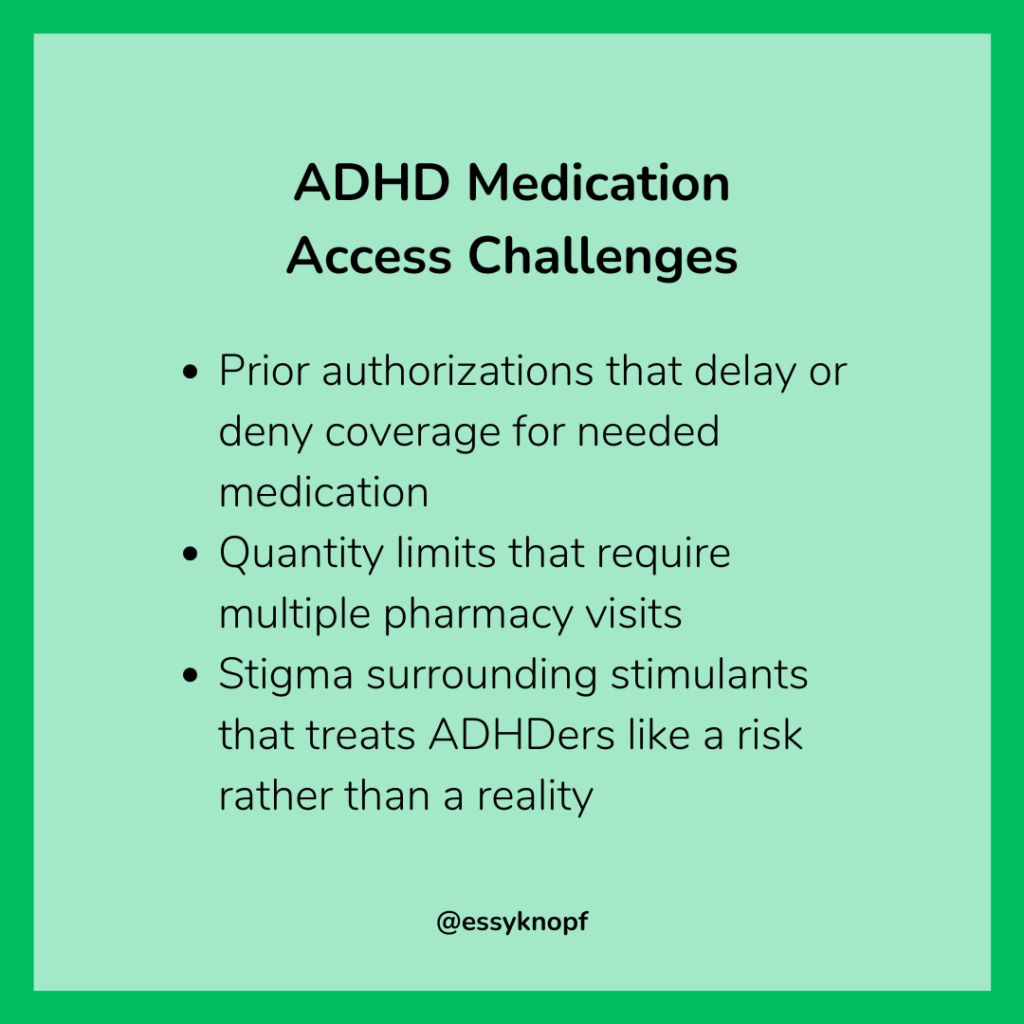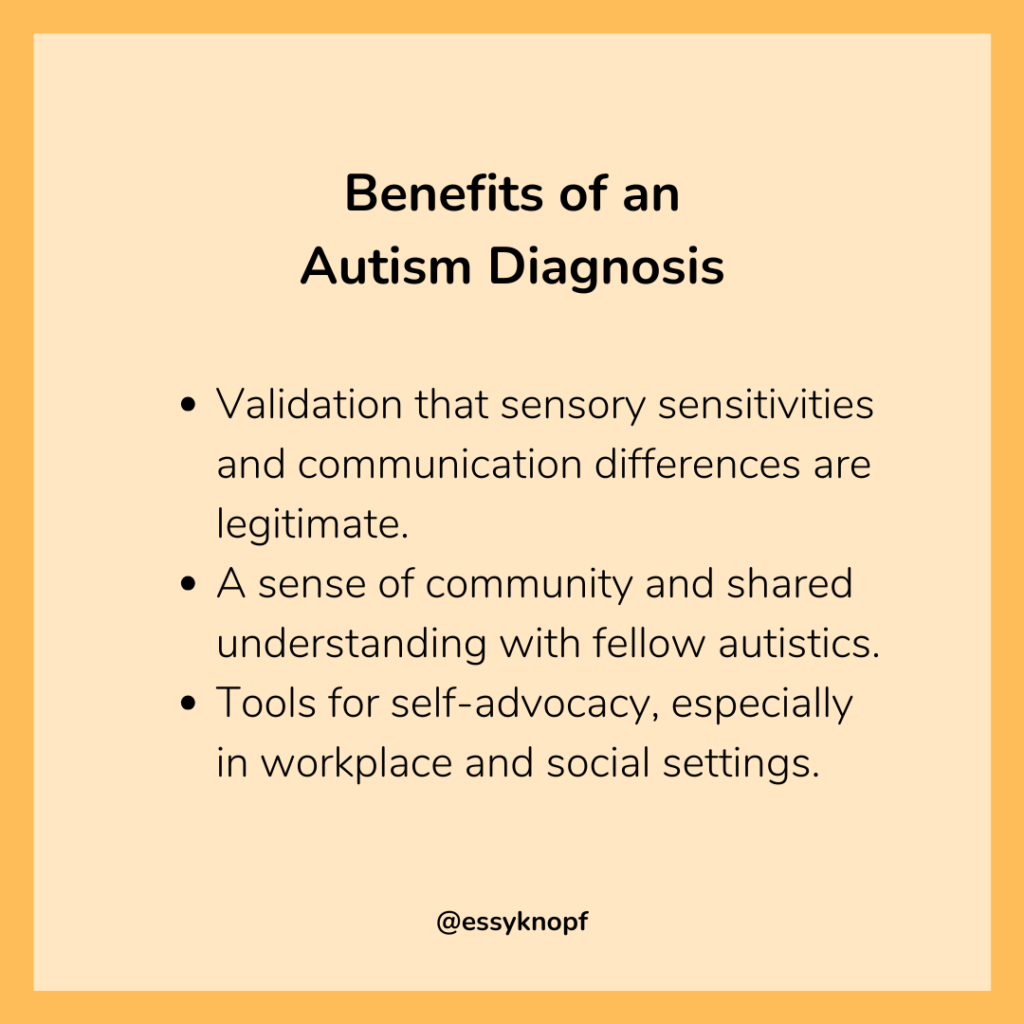Friendships can be so challenging for autistics and ADHDers. Here’s why.
Friendships are built on shared interests, trust, and mutual support. But for autistics and ADHDers, the journey to meaningful social connections is often fraught with obstacles. These challenges may include:
1. Different Social Expectations
Many neurotypical (NT) people engage in frequent small talk, spontaneous socializing, and indirect communication. For neurodivergents (NDs), these norms can feel exhausting or even confusing. If you prefer deep, structured conversations or struggle with picking up unspoken social rules, maintaining friendships can become difficult.
2. The ‘Friends for a Reason, Friends for a Season’ Phenomenon
Some friendships last only for a specific phase of life—like school, work, or a shared activity. While NT people may transition between relationships more smoothly, autistics and ADHDers often struggle with these changes, feeling hurt or rejected when they fade away.
3. Burnout from Socializing
Many NDs experience social fatigue. If you need extended time to recharge after interactions, you may unintentionally withdraw. This can lead to feelings of isolation and confusion, both for you and your friends.
4. Object Consistency vs. People Consistency
Some NDs find comfort in objects and hobbies over people. Objects provide stability—books, collections, and passions won’t suddenly change or reject you. This preference can make forming and maintaining friendships with unpredictable humans more challenging.
5. Struggles with Communication and Rejection
Misunderstandings can arise when ND communication styles clash with NT expectations. A direct comment may be misinterpreted as rude, or an info-dump on a passion might overwhelm someone. Over time, repeated social mishaps can lead to a fear of rejection, making it harder to engage in new friendships.
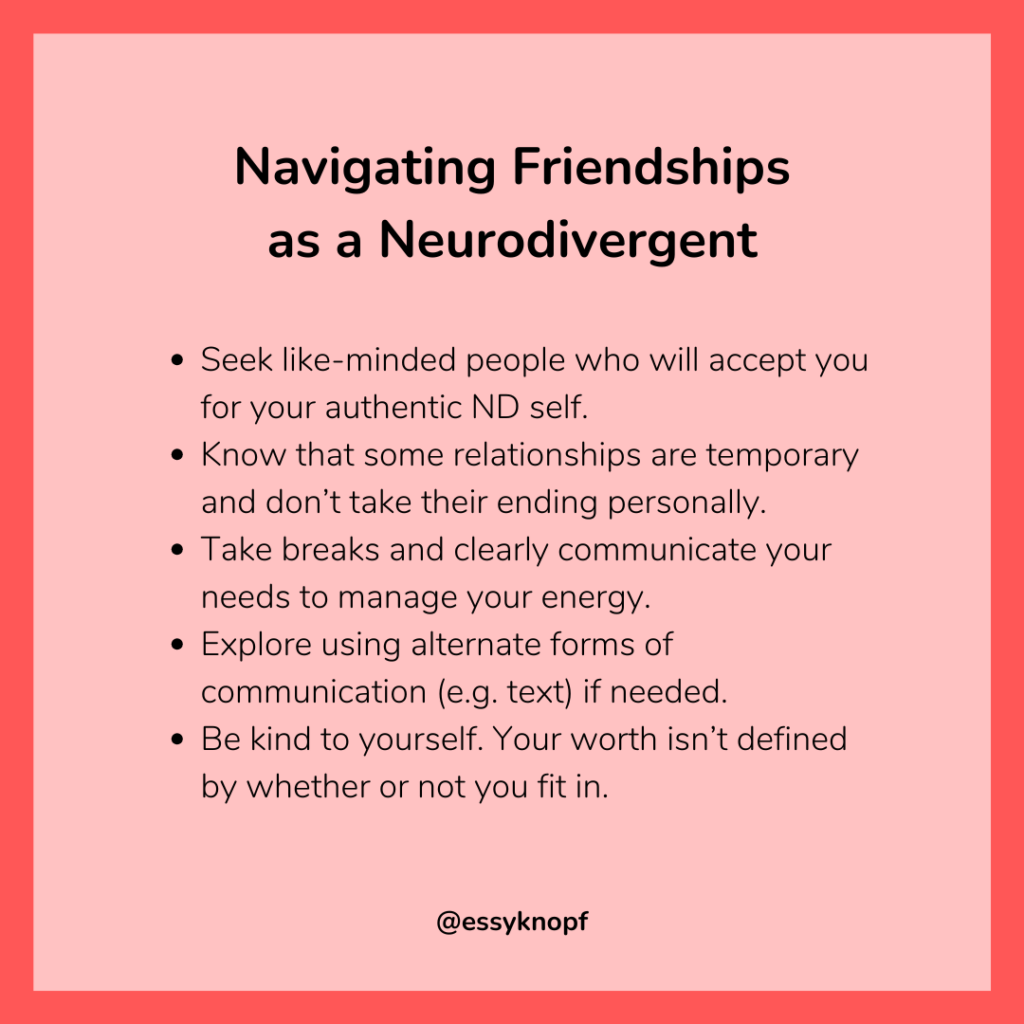
Strategies for Navigating Friendships as an ND
If you’ve struggled with friendships, know that you are not alone. Here are some ways to navigate social connections:
1. Seek Like-Minded People
Look for friendships in ND-friendly spaces, whether online communities, shared interest groups, or local meetups that encourage structured social interactions.
2. Accept That Some Friendships Are Temporary
It’s okay if some friendships naturally fade. Instead of seeing it as a personal failure, recognize that relationships ebb and flow for everyone.
3. Set Boundaries for Social Energy
Allow yourself to take breaks from socializing when needed. Communicate your boundaries clearly with friends so they understand when you need space.
4. Find Alternative Forms of Connection
If in-person socializing feels overwhelming, consider text-based friendships, pen pals, or hobby-focused groups where interaction is structured around a shared interest.
5. Work on Self-Compassion
Friendship struggles are not a reflection of your worth. Many NDs feel isolated simply because society isn’t structured to accommodate different social needs. Be kind to yourself and celebrate the connections you do have, no matter how small.
Final Thoughts
Friendships for autistics and ADHDers can be challenging, but understanding these struggles can help foster self-acceptance and guide us toward meaningful connections. By embracing alternative ways of socializing and finding people who truly appreciate us, we can build relationships that feel supportive and authentic.

Essy Knopf is a therapist who likes to explore what it means to be neurodivergent and queer. Subscribe to get all new posts sent directly to your inbox.






